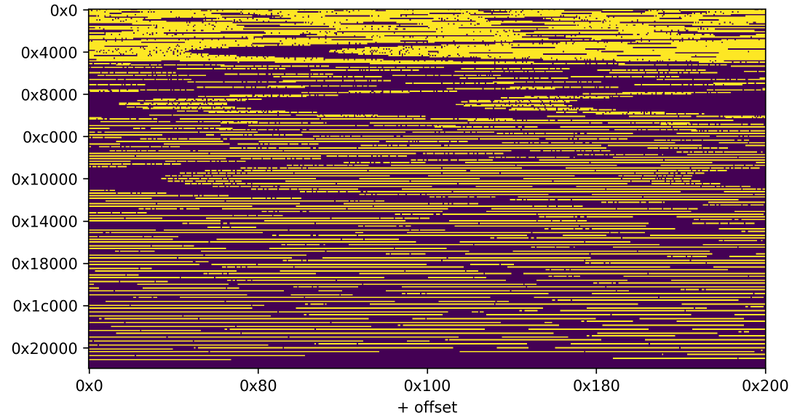
Eduardo Vela
@sirdarckcat
Followers
12K
Following
6K
Media
548
Statuses
7K
not mad. mentally divergent. personal profile, opinions my own. everything I say is probably wrong. 🐘 @[email protected]
Zurich, Switzerland
Joined January 2008
RT @cor_ctf: Here is our 0day for kernelCTF🩸.- 82k bounty.- quickest submission ever.- all instances pwned😎. Discl….
syst3mfailure.io
CVE-2025-38001 is a Use-After-Free vulnerability in the Linux network packet scheduler, specifically in the HFSC queuing discipline. When the HFSC qdisc is utilized with NETEM and NETEM packet...
0
75
0
RT @hgarrereyn: Got 5th with @dicegangctf at Google ctf quals last week — did my first write up in 3 years for the circo challenge by @sird….
ctf.harrison.green
circo Description: The best engineers don’t wait. They iterate. Our Circo-SDK and cloud simulator give you an unfair advantage, allowing you to test more ideas, find flaws faster, and perfect your...
0
6
0
I am actually very interested in puzzle design! I spent some time a few years ago working on which (I hoped) would help CTF authors write non-guessy challenges. So I decided to make a "exploratory" style challenge (a collection of a few easy problems) 7/🧵.
docs.google.com
CTF Design Guidelines for authors and organizers https://bit.ly/ctf-design The ideas collected here come from the feedback and ideas from niklasb and tsuro from ESPR, icchy from TokyoWesterns, fox...
1
3
21




